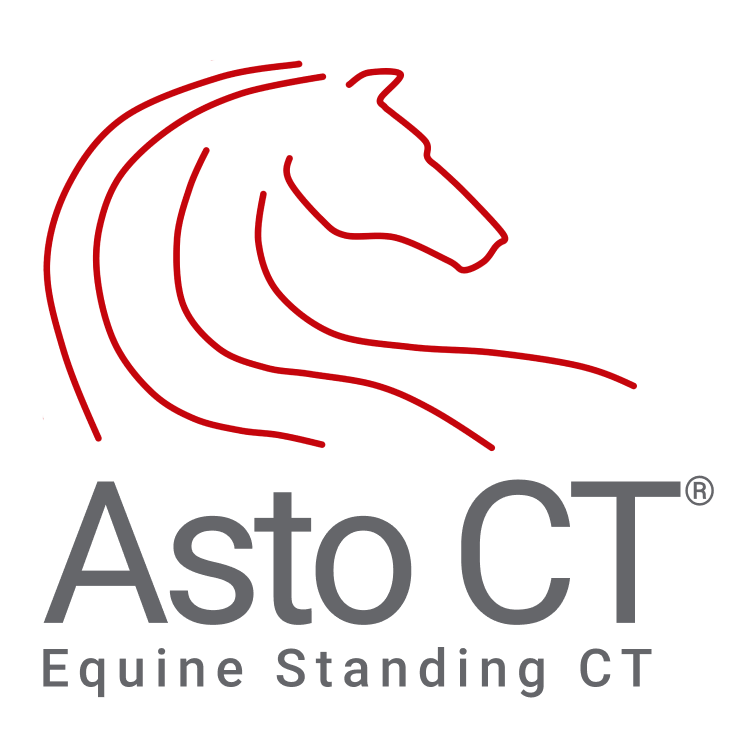They’ve found the Asto CT system to be both easy to manage and incredibly fast, making it a valuable tool for both routine and emergency cases. The clarity and speed of the images, especially when it comes to bone detail, surpass traditional methods like digital radiographs, allowing for quicker and more accurate diagnoses.
Read MoreDr. Kevin Keegan, Mizzou Equine Clinician states, “This is a fan-beam CT that has high image quality with reduced radiation exposure and allows for true standing imaging. Now we have the ability to scan front and hind limb pairs and the head and neck with only light sedation.”
Read MoreDr. Paul Wan, states, “The Equina is one of the most innovative, advanced imaging devices available for veterinary medicine. We can scan front or back limb pairs, or the head/neck of a standing horse under light sedation, allowing the patient to be in and out in just minutes with minimal stress and risk.”
Read MoreDr. Nicolas Ernst, Equine Surgeon at UMN states, “It's been tremendous in the sense that it's a three-dimensional diagnostic, and instead of getting 4 or 5 images on X-rays, you're getting 300 to 400 on all different axes.”
Read MoreDr. Chris Whitton and his team use the Equina to help with pre-surgical management and proper placement of screws. Click on the video above for more insight.
Read MoreDr. Sabrina Brounts. Surfaces are easy to clean, and the gantry is sealed, allowing clinicians to work at ease. Easy patient positioning with the gantries ability to move around the patient.
Read MoreDr. Travis Henry leads us through his dental experience with the new soft tissue window. Click on the video above for more insight.
Read MoreWe started off at ESMS with a bang, detecting pathology that was undiagnosed on radiographs. This gave clinicians a better outlook for treatment and surgery plans.
Read MoreDr. Sabrina Brounts, (DVM, MS, PhD) compares the benefits of fan-beam, bi-axial equine CT (The Equina), with conventional human CT rigged for equine veterinary use. Less liability, less radiation, safer, less staff and resources, and weight-bearing conditions results in greater return on your investment.
Read MoreDr. Sabrina Brounts explains how the Equina has been a game changer with navicular cases and how the Equina can aid in proper treatment plans and surgical planning.
Read MoreKenneth Waller lll, (DVM, DACVR, Veterinary Radiologist) explains the difference between Cone Beam CT vs. Multi-slice Helical CT.
Read MoreDr. Nicolas Ernst explains how CT is reachable, due to fast acquisition times and more throughput of patients, clinics are able to keep cost low for their clients.
Read MoreDr. Diego De Gasperi explains the unique features that can be scanned with the Equina. You can image stifles in a recumbent position. You can utilize intravenous contrast to visualize lesions more easily. You can scan other species than just horses.
Read MoreDr. Chris Whitton explains the ease of installation and scanning horses for the Melbourne Cup.
Read MoreDr. Sabrina Brounts. No more radiographs, just head straight to the CT scanner. Dual capabilities with soft tissue and bone visualization. The ability to use The Equina in CT guided surgery. More through-put of Equine patients due to fast acquisition times.
Read MoreDr. JR Lund: Learn how our current customers acquire a head scan on a horse.
Read More"Bueno, Bonito, y Barato" Dr. Nicolas Ernst brings some Chilean style to this video.
Read More

















